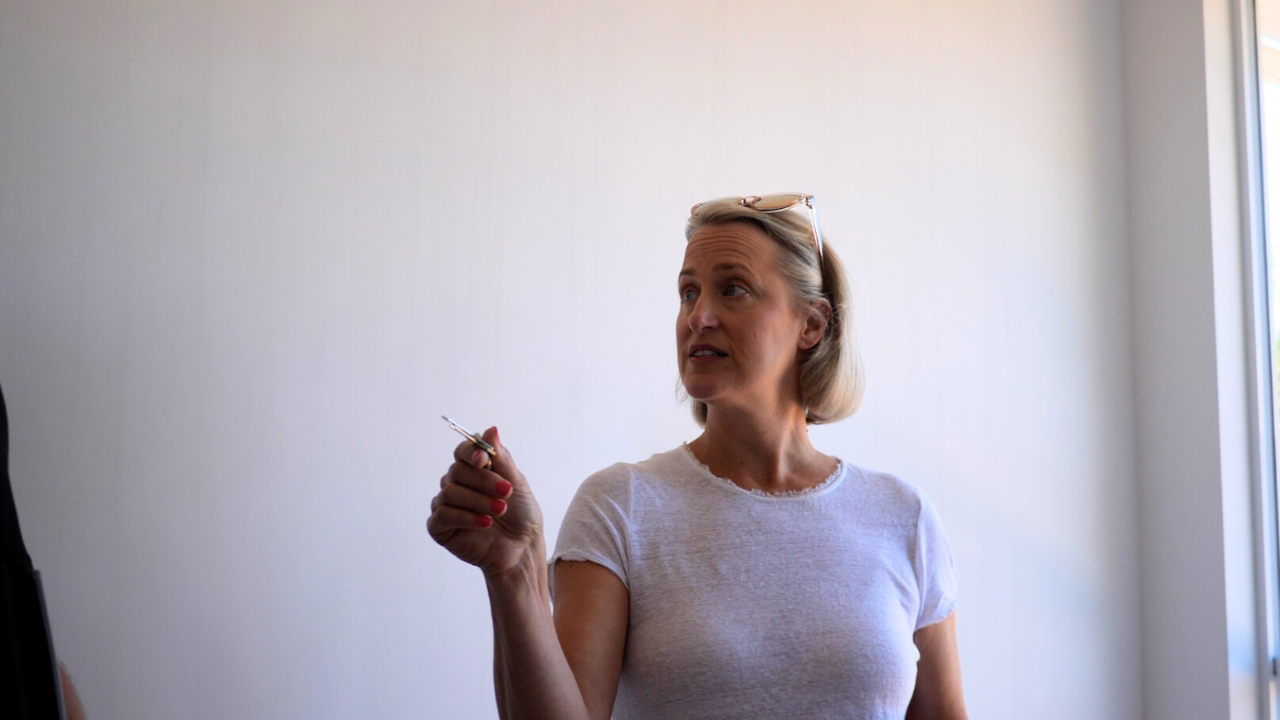Understanding Your Target Market in Property Development

When it comes to property development, one of the biggest keys to success is knowing exactly who you’re building for.
At Rising Star Property Development, we believe understanding your target market is essential to creating properties that sell quickly and profitably.
In this blog, we’ll explore how identifying your target market can impact your development project.
We’ll also share practical tips for tailoring your product to meet the needs of your buyers, ensuring your project is a success.
Whether you're new to property development for beginners or an experienced developer, this guide will help you stay focused on building properties that attract the right buyers.
Why Your Target Market Matters in Property Development
Many new developers make the mistake of designing properties based on their personal preferences.
While it’s tempting to build what you’d want to live in, that approach can lead to costly mistakes.
Your goal isn’t to create your dream home. It’s to build a product that meets the needs and desires of your target market.
If you can do that, you’ll generate demand, reduce the time your property sits on the market, and maximize your profits.
Key Questions to Define Your Target Market
Before you begin designing or building, ask yourself:
1. What is the demographic of the area?
Understanding the local population is crucial.
Are you developing in a family-friendly suburb, an area with retirees, or a region popular with young professionals?
Each demographic has unique needs.
2. What do they want in a property?
Consider features like:
- Single vs. double-storey homes: Families may prefer double-storey homes with more space, while retirees might want single-storey properties for convenience.
- Number of bedrooms and bathrooms: Young families may need 3-4 bedrooms, while professionals might be happy with 2.
- Outdoor space: Is there a demand for large backyards, or do buyers prioritize low-maintenance outdoor areas?
- Garage size: Some markets prefer 2-car garages, while others are satisfied with 1.
- Specifications: Are buyers looking for affordable, low-spec homes or luxurious, high-spec properties?
3. What is their price point?
Speak with local agents to understand what buyers in the area are willing to spend.
This will help you budget and design a property that aligns with their expectations.
Steps to Identify and Understand Your Target Market
1. Research the Demographics
Use tools like CoreLogic, the Australian Bureau of Statistics (ABS), or local council data to gather insights into the population.
Look for information like:
- Median age
- Income levels
- Family sizes
- Housing preferences
2. Speak with Local Agents
Real estate agents are your best source of market intelligence.
Ask them questions like:
- What type of properties sell the fastest in this area?
- What features do buyers prioritize?
- What price ranges are most popular?
Agents often have insights into buyer preferences and can help you design a property that meets market demand.
3. Understand Demand to Create Demand
Sometimes, buyers don’t know exactly what they want until they see it.
Use your market research to anticipate trends and offer features that stand out.
For example:
- In areas with growing families, consider including open-plan living spaces and extra storage.
- In regions attracting downsizers, focus on low-maintenance designs with high-end finishes.
By understanding your market, you can create demand where it didn’t exist before.
Practical Tips for Designing Properties That Sell
1. Tailor Features to Your Market
Design your property to meet the specific needs of your target demographic.
For example:
- If you’re targeting young professionals, focus on modern, low-maintenance designs with smart home technology.
- For retirees, prioritise accessibility features like single-storey layouts and minimal stairs.
2. Balance Style and Budget
While it’s important to create an appealing design, don’t overcapitalize.
Choose features and finishes that align with your buyers’ budget.
3. Think About Future Trends
Consider how your property will fit into the market in 5-10 years.
Trends like sustainability and energy efficiency are becoming increasingly important in property development in Australia.
4. Build for the Right Price Point
Your profit depends on building within budget while meeting buyer expectations.
Always factor in construction costs, market value, and potential sale prices.
Conclusion: The Key to Development Success
The most successful property developers don’t build for themselves.
They build for their buyers.
By understanding your target market and tailoring your project to meet their needs, you’ll set yourself up for success in the competitive world of property development in Australia.
Whether you’re working on your first project or looking to improve your results, remember this: research, adapt, and focus on creating value for your buyers.
Let our Success Coach help you work out if this strategy is right for you. Click here to book your first FREE Action Takers Success Call with us!

Found this Article Useful?
✦ Send this to a friend.
✦ Work with Rising Star? Book a FREE Strategy Call with one of our Success Coaches today!
✦ Want to learn more? Here is a Free 30 minute training to learn the most lucrative property strategy that changes lives.

